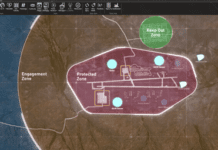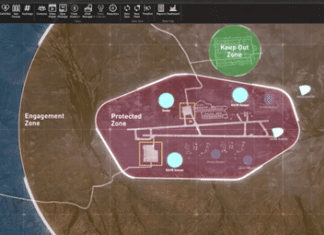This post is also available in:
 עברית (Hebrew)
עברית (Hebrew)
The Supernova satellite bus is the newest development by Seattle-based company Portal Space Systems.
The company’s aim is to solve orbital maneuverability challenges with its “ultra-mobile spacecraft.” CEO Jeff Thornburg said: “The space industry hasn’t fundamentally improved satellite bus technology in decades. Our nation is developing 6th-generation fighter aircraft technology but still uses 1st-generation satellite buses. Portal’s Supernova is designed around the customer need for unparalleled mobility and extended mission life.”
According to Interesting Engineering, a satellite needs to expend much energy to perform changes in orbit (like moving from one altitude to another or changing its orbital inclination), which can come from onboard propulsion systems, like thrusters. However, the thrusters require a large propellant that makes on-orbit maneuvering difficult.
Portal Space Systems aims to solve that issue with their new tech – the Supernova bus runs on solar-thermal propulsion technology that uses sun energy to heat propellant and generate thrust, and can accomplish previously deemed unachievable missions.
While most satellites are able to make only minor adjustments, like fine-tuning their orbits and making basic maneuvers to avoid colliding with other spacecraft, this is not enough to significantly alter their orbits.
The Supernova, on the other hand, will be more mobile than any other current satellite, meaning it will be able to trek from low Earth orbit (around 2,000 km from the Earth’s surface) to geostationary orbit (around 35,786 km from the Earth’s surface) in hours. Furthermore, the Supernova will even be able to fly from LEO to lunar orbit in just several days.
The satellite bus has an overall reported lifespan of 5 years and can support payloads that are worth 500 kg and is expected to be launched in late 2025.
Portal Space Systems’ ambitious technology intends to increase space operations and improve satellite functionality to collect more scientific data. Moreover, the satellite bus could be used to deliver propellant to satellites in different orbits.
Thornburg concluded in a press release: “Our novel solar-thermal propulsion system and bus design, combined with our compatibility to support any customer payload, sets us apart. We provide an over 50x improvement in current spacecraft mobility. For our customers, that means the ability to have spacecraft on orbit that are able to respond in real-time to events in any orbital regime.”


























